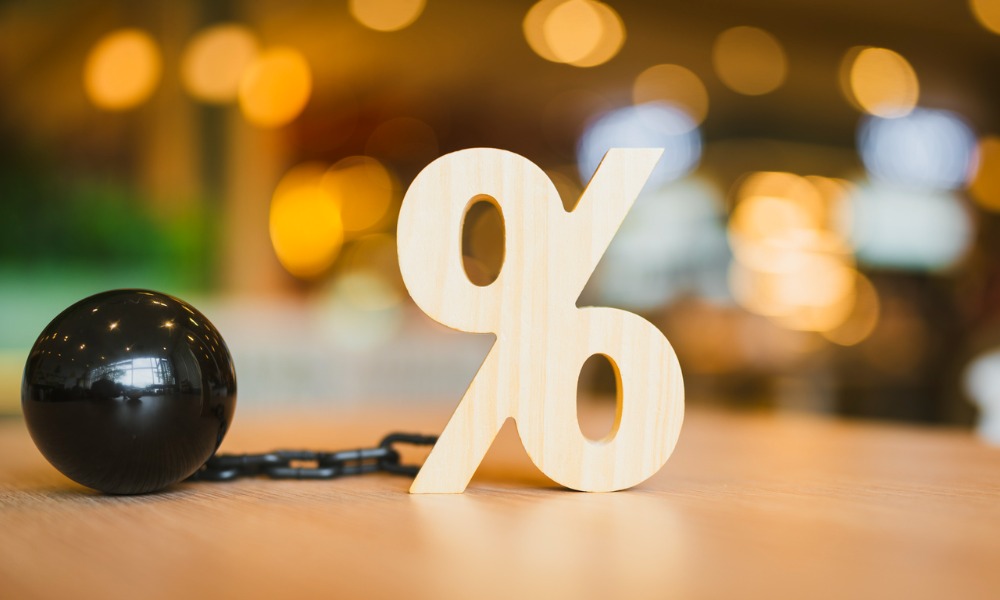New research highlights rates and fees to look out for

New research has revealed that rising interest rates and administrative fees could lead to homebuyers paying nearly three times the original amount of their home loans.
According to an analysis by finance information platform MNY, variable rates among lenders now differ by up to 2.81%, with additional fees pushing the discrepancy to 2.95%. These findings underscore the significant financial burden many Australians face amid the country’s ongoing housing crisis.
As interest rates soar, some lenders are charging as much as 8.94%, translating into mortgage holders potentially repaying $1,706,993 over 30 years on an initial $600,000 loan. This means homeowners could end up repaying 2.8 times their original loan amount.
The MNY study highlighted the stark differences between lenders, where monthly repayments can vary by as much as $1,148, depending on the interest rate and fees involved.
Australia’s housing market has been under pressure, with affordability becoming a focal point of the federal budget. The government allocated $6.2 million to housing initiatives, including $1.9 billion in concessional loans to community housing providers.
Despite an 18% rise in the value of new home loan commitments in the past year, recent months have seen a 1.7% decline, reflecting the market’s volatility.
MNY’s analysis covered 23 lenders, including the big four banks, and assessed variable rate home loan products based on several criteria: base and comparison interest rates, monthly repayments, upfront and ongoing fees, and maximum loan-to-value ratios (LVR) with lenders mortgage insurance (LMI).
The study also evaluated features like redraw facilities, split loans, and the ability to make extra repayments or pause them.
High interest rates continue to pressure homebuyers
MNY business analyst Sabina Khanusiak noted that the recent interest rate hikes—13 in the past two years—have placed significant strain on mortgage holders.
“There is no guarantee when that will stop,” Khanusiak said. “Buying a home is the biggest financial commitment most people will make, and the interest rates and associated fees can make all the difference to how much mortgage holders will ultimately repay.”
“Navigating home loan products and understanding the disadvantages and benefits of each can be daunting, but it is worth the effort in the long term.”
The MNY analysis revealed that even at the lowest rates, mortgage holders will still repay double their original loan amount. Upfront fees varied from $0 to $1,195, with 52% of lenders charging these costs. Additionally, 30% of lenders impose ongoing fees, and 26% charge both upfront and ongoing fees.
Interestingly, Qudos Bank emerged as the only lender that does not charge additional fees, but it offers a maximum LVR of just 80%, requiring a substantial 20% deposit. In contrast, ING was found to have the highest fees, combining upfront, annual, and discharge fees.
What do you think of the latest findings? Share your thoughts in the comments below.



